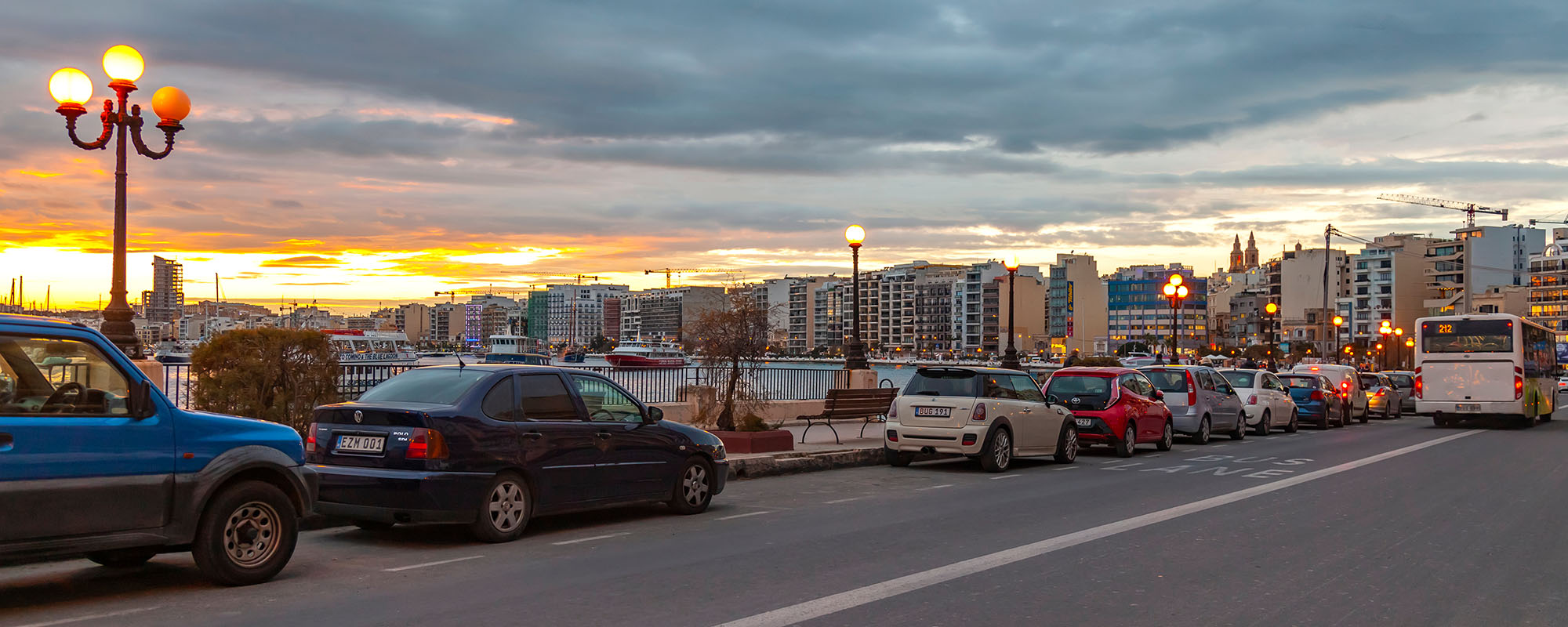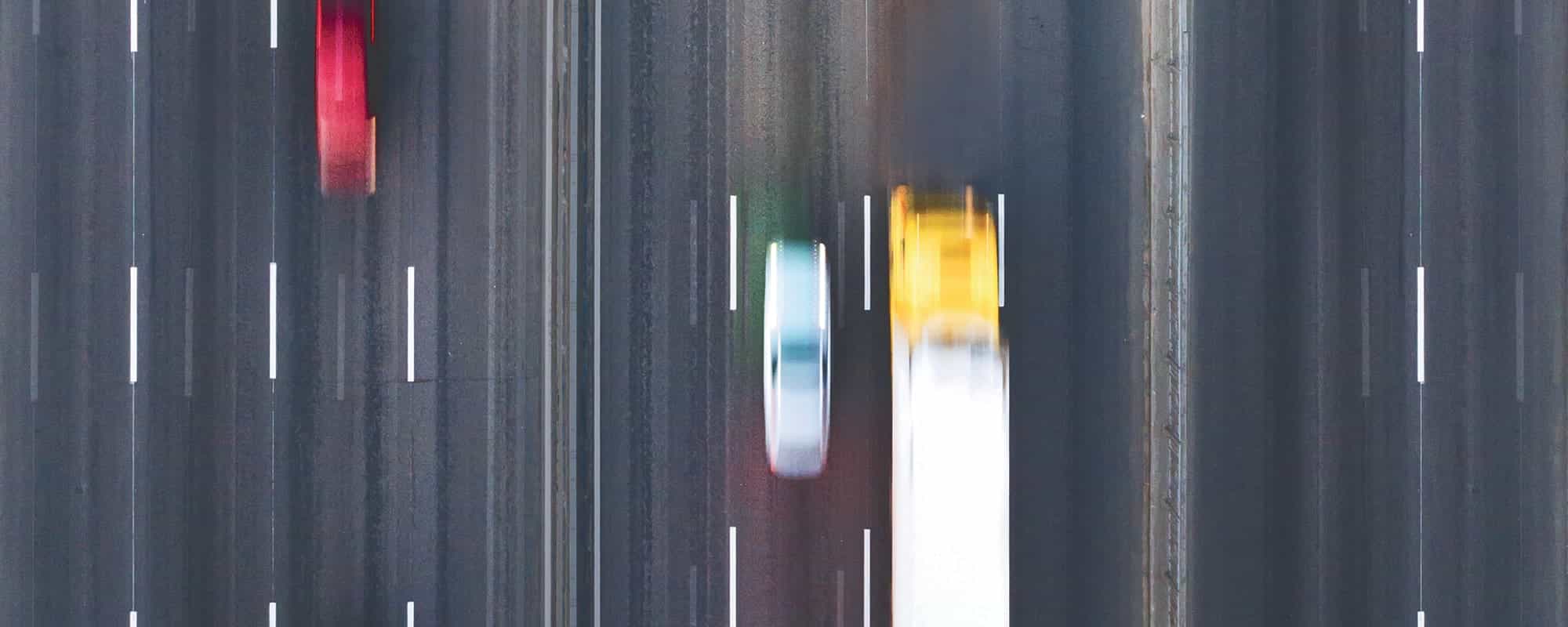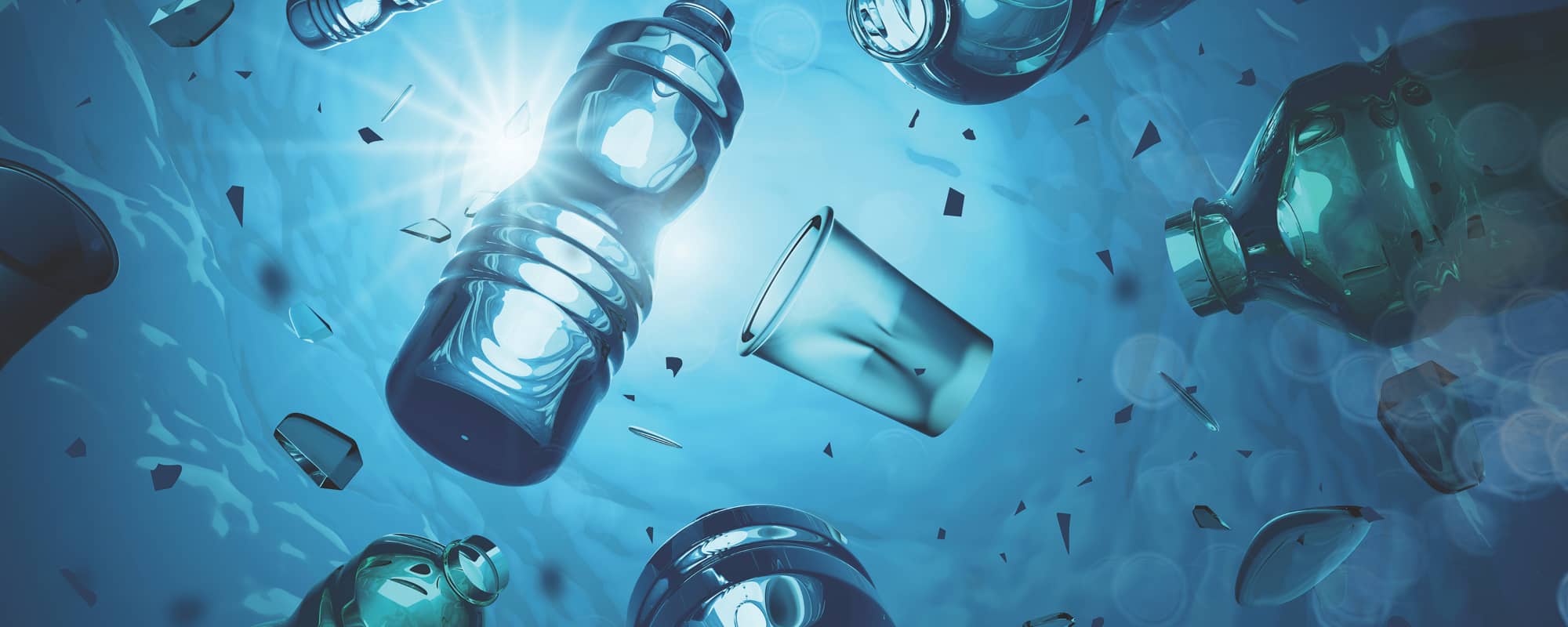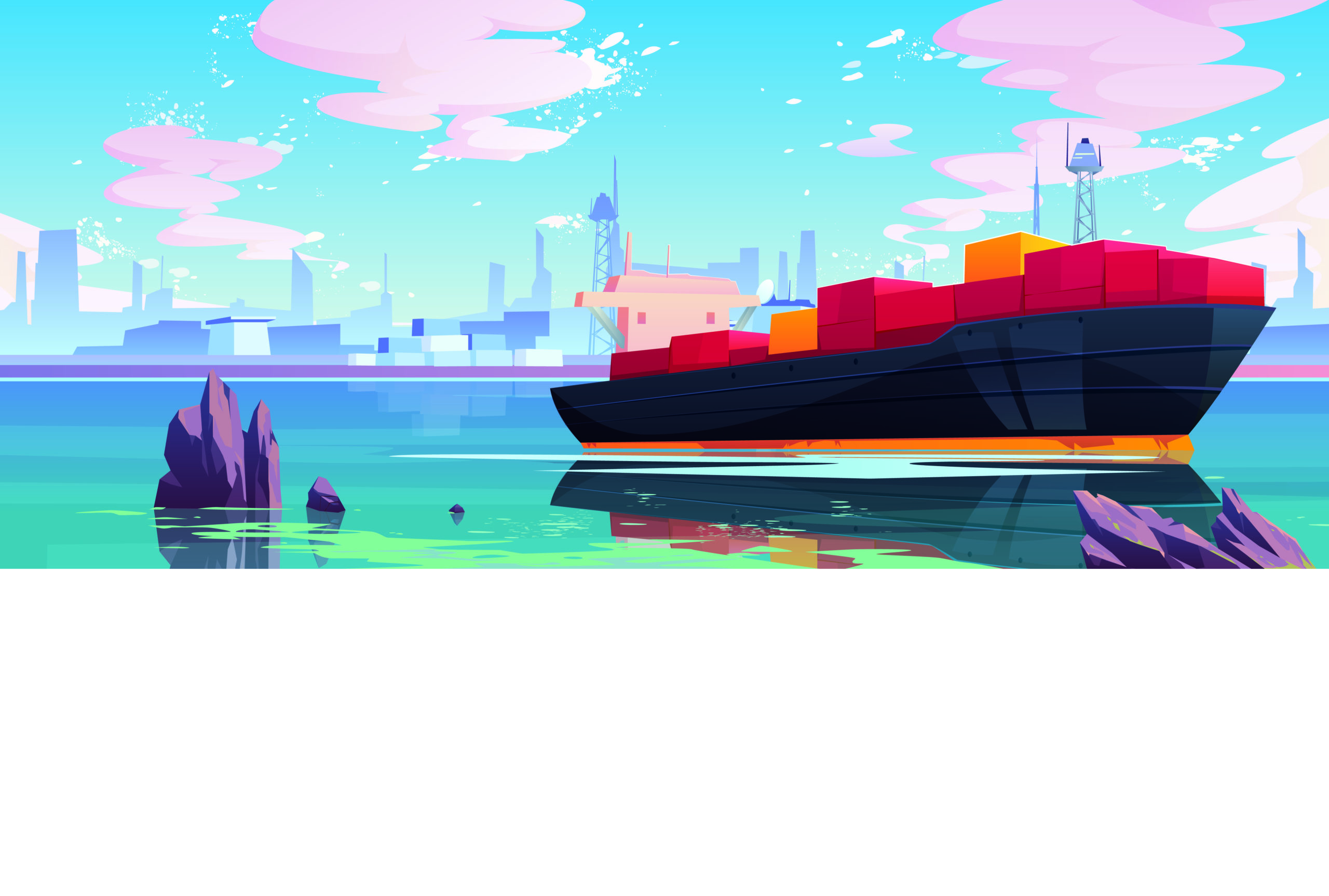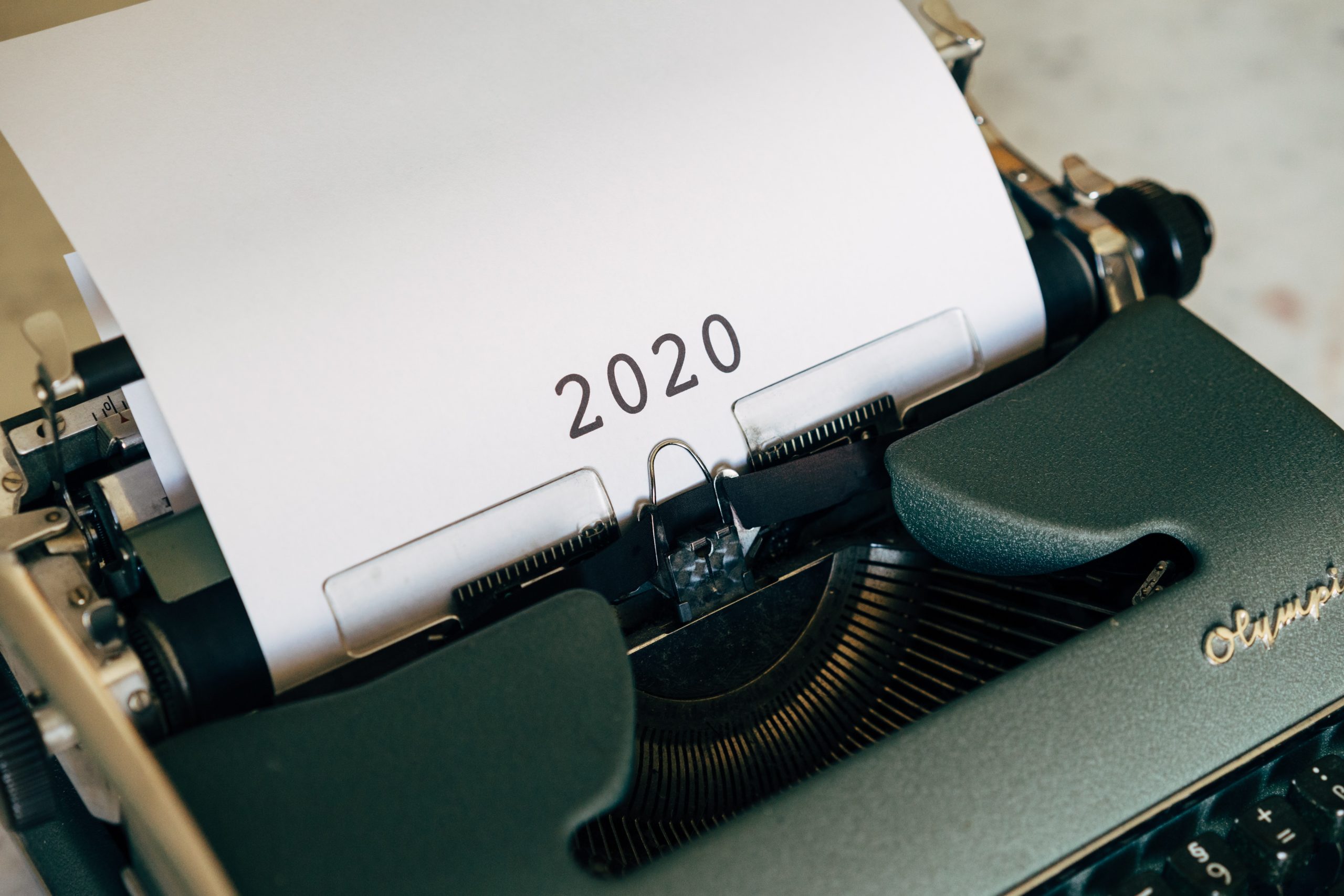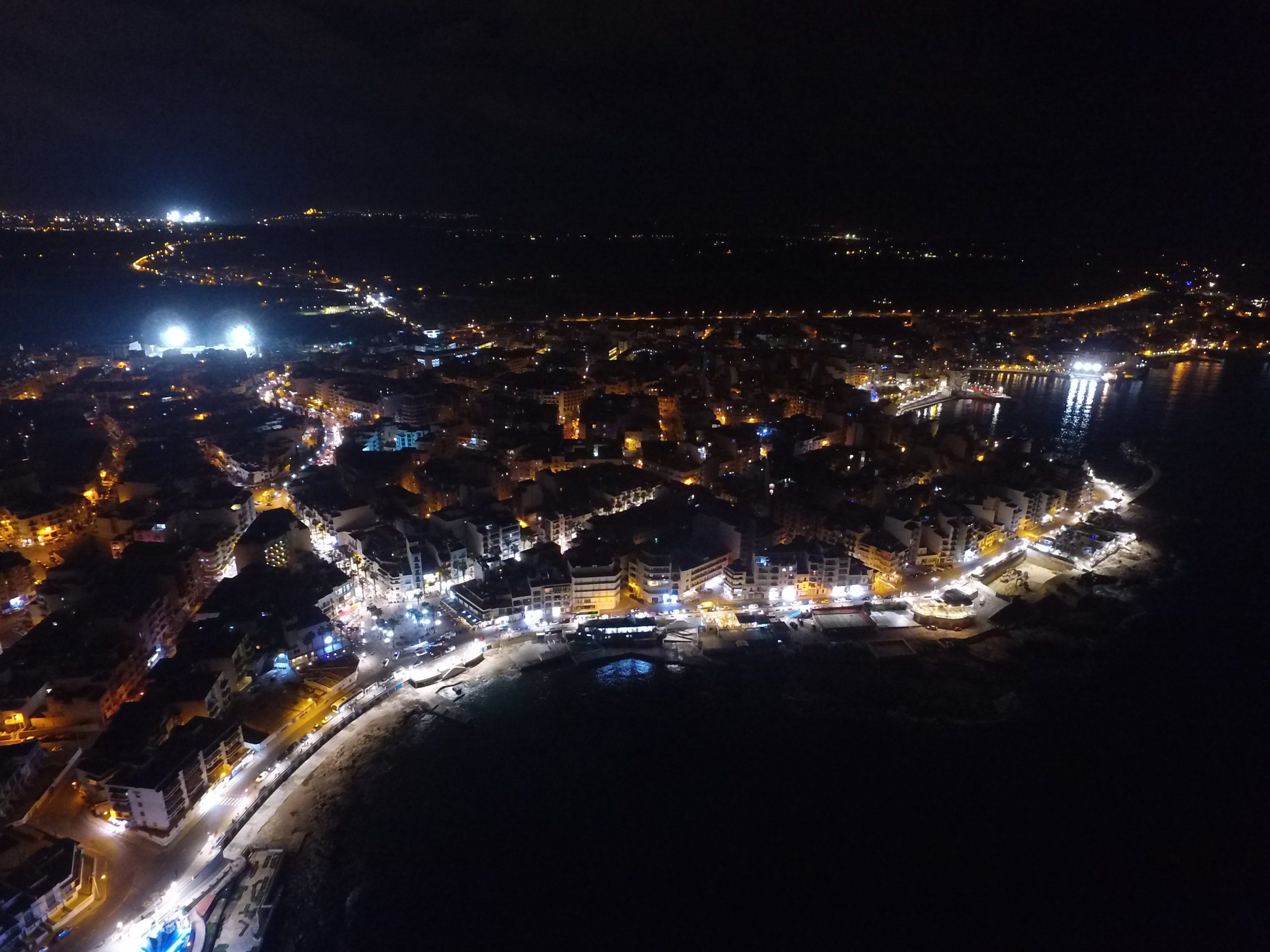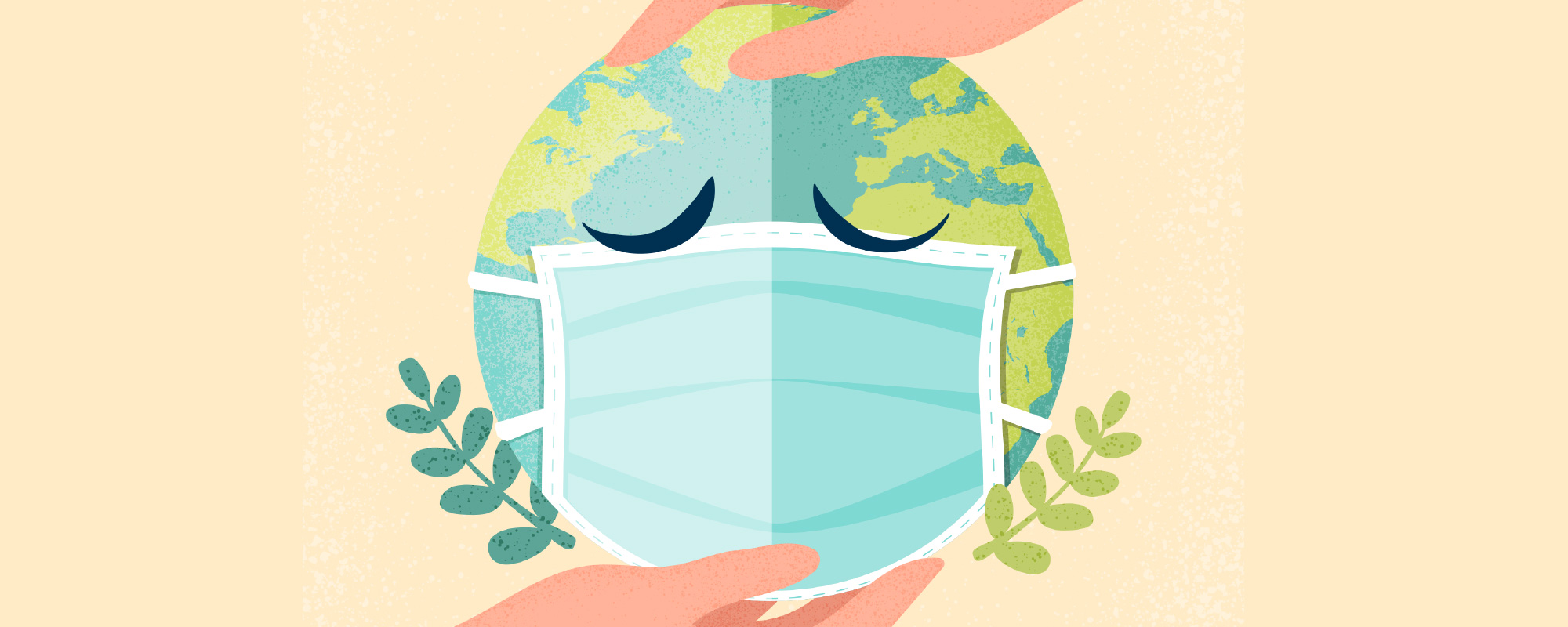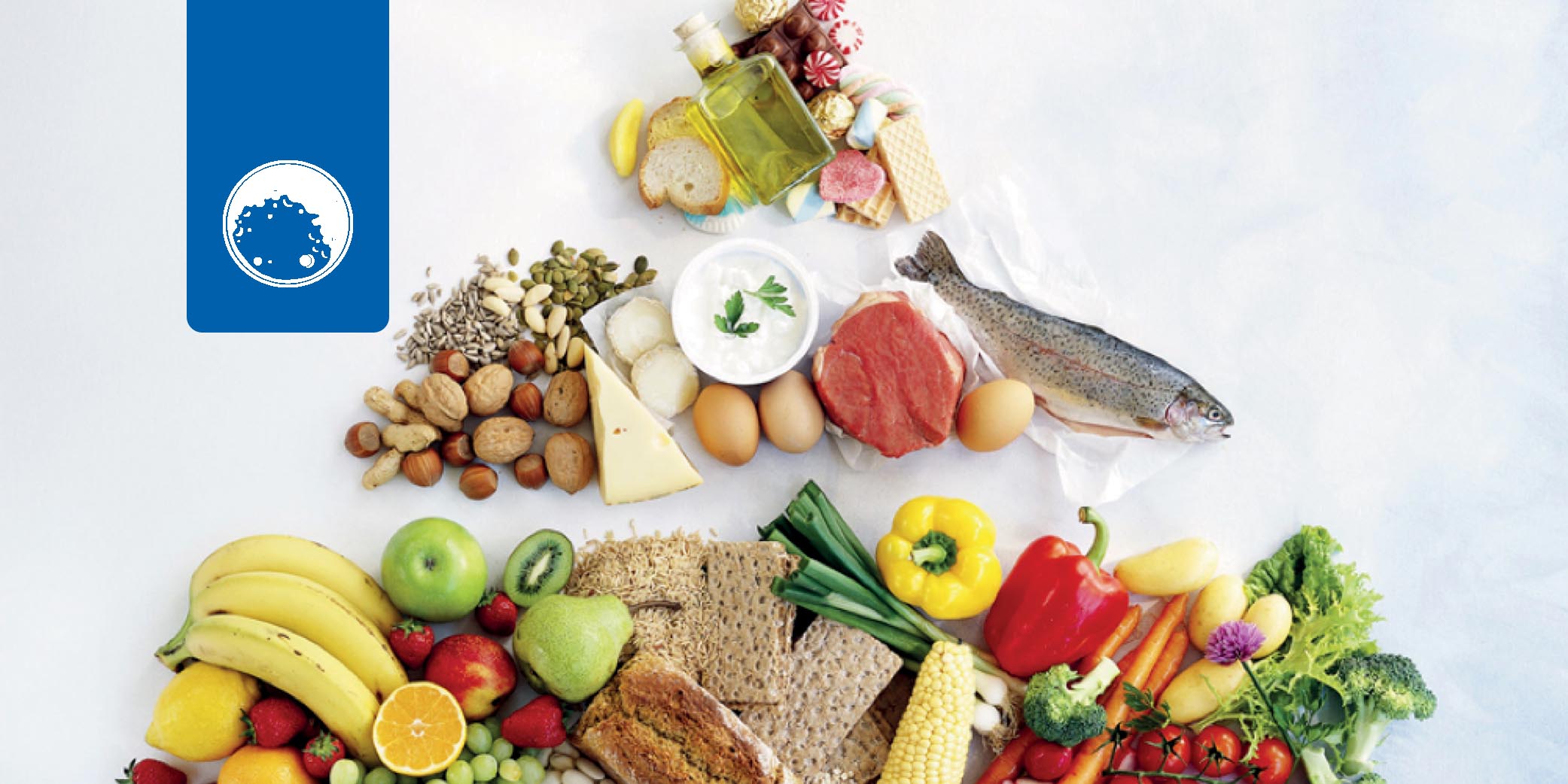In cities, pollution remains a pressing environmental concern for pedestrians. THINK sits down with Prof. Ing. Daniel Micallef and Dr Edward Duca from UM, who are using plants and physical barriers to combat traffic-generated pollution.
Continue readingExhausting Traffic: A Study on Local Traffic Emissions
We all agree that traffic can be exhausting. But it can also simply be exhaust. Vehicle exhaust emissions originate from their tailpipes and have been strongly regulated to tackle emissions of air pollutants. However, Maltese researchers recently found that this type of emission is not the major contributor to particulate emissions from vehicles. THINK takes a closer look under the hood.
Continue readingThe Great, Big, Floating Landfill
An astounding 91% of litter found floating around the Maltese Islands is plastic waste, but it is not the only pollutant scarring our seas. Caroline Curmi speaks to marine biologist and University of Malta guest lecturer Marta Curmi about Malta’s marine pollution crisis and how the nation can tackle it.
Continue readingSniffing out pollution at sea
The maritime industry is one of the largest producers of greenhouse gas emissions. While newly introduced legislation helps control this hazard, it has significantly increased the burden for Port State and environmental authorities. Antónia Ribeiro interviews Nicky Borg, the founder of local start-up Marine Hound, to discover how their original smart buoys can help solve the problem.
Continue readingOur editor-in-chief’s favourite THINK stories of all time!
The festive season is a time for family, friendship, and remembrance. Over the last nine years, I’ve seen THINK magazine being born, grow up, and mature. First as its life giver, then as its pilot, my job has been to make sure the ship doesn’t stray too far off course while allowing the excellent editors Cassi Camilleri, Daiva Repečkaitė, and David Mizzi to bring their own flavours and thoughts to the magazine.
The journey has been long — full of hurdles and rewards. Some academics did not agree with the approach: ‘THINK turns researchers into superstars,’ blurted one researcher, making that seem like an awful thing. Other researchers couldn’t understand why we wanted to talk about their failures. Experiments don’t always work, and we wanted to show the passion researchers need in order to contribute to human knowledge through publications. Meanwhile, other people loved how much time we dedicated to design and how easy the magazine was to read, proud that the University of Malta could produce such a high quality publication on a shoe-string budget.
The year’s end has made me reflect on all the stories we have covered, from articles that affected every Maltese resident to research stories that rewrote Maltese history. It has been a great ride. Below are some of my favourites. I hope you enjoy reading them as much as I enjoyed working on them with the excellent THINK team.
Stories that bring to light vital issues
Research sometimes brings shocking things to light. Imagine If one-third of the world’s shipping traffic passed by your door, and every ship burnt heavy fuel oil equivalent to a medium-sized power station. Prof. Ray Ellul and his team discovered that these fumes were causing pollution peaks in Malta, which also has high levels of asthma and other respiratory diseases.
Writing about this story showed me how important it was that THINK’s dedicated team was trying to find out what research was happening in Malta. We were the first to write about this research. Our story was picked up by issuu.com, gaining over a million hits through their platform. The story hit a nerve both in Malta and abroad.
Malta’s pollution problem is partly due to shipping, but also stems from traffic: fossil-fuel burning vehicles are Malta’s largest contributor. To this day, neither has been addressed. Lung conditions are still rampant.
We followed up the story in 2017 and again in 2020.
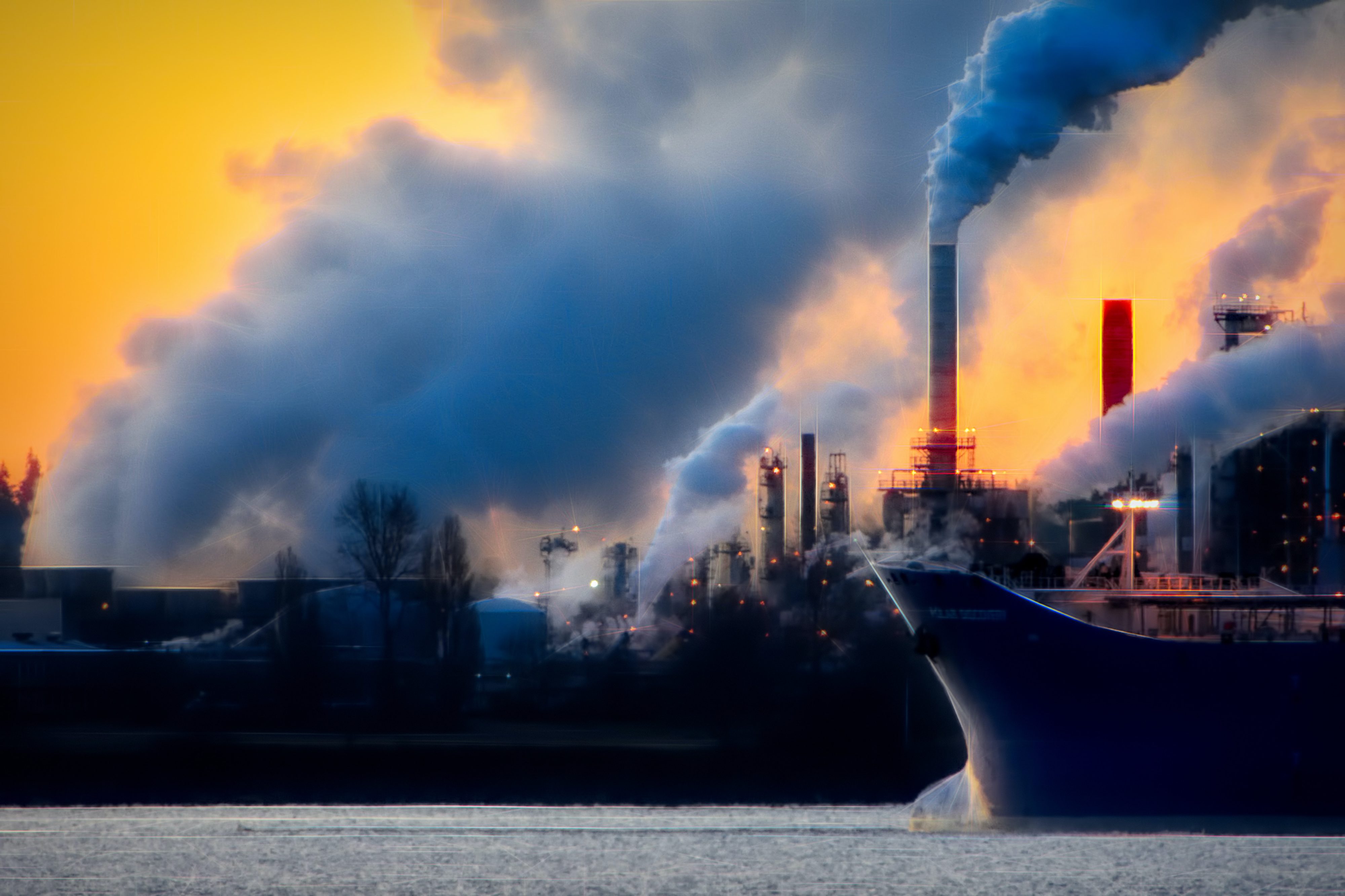
Re-writing history
Other research shows how history tells many stories. History is not made up of one narrative but of many competing ones. The final story is written by the victor. Back in 1798, Malta was invaded by the French, but recent research by Dr Charles Xuereb adds nuance to the story Maltese children have been taught in school. The story was that the French were hated, stole all our silver, and treated the Maltese very badly. Xuereb found out that many Maltese people and the then-rulers, the Order of the Knights of St John (many of whom were French), had practically invited the French to Malta. Napoleon tried to bring his values of free education and health to Malta, but that didn’t last long as it upset the merchant class and church — two powerful forces that didn’t benefit from Napoleonic rule.
But this isn’t what surprised me the most from Xuereb’s research. Around 10,000 Maltese people died in the ensuing two-year siege by the Maltese people in rural Malta supported by the British, against those locked up in the Three Cities and the Valletta/Floriana area bolstered by the French. What’s shocking is that this event is not remembered in our history books or monuments. The British rulers who came after the French didn’t want the Maltese people to think they could overthrow a colonial power, so they emphasised the British help and reduced the role of Maltese residents in this bloody two-year war.
For more, do read MALTA | Stockholm Syndrome: or why we love the British. If you’d like to read about other rewrites of Maltese history, see 1565 – Was it that great?

Stories that touch people’s hearts
Research changes lives. Dementia affects over 6,000 people in Malta. Cassi Camilleri wrote I’m sorry I forgot: Is dementia Malta’s next national crisis? Her story interwove Malta’s National Dementia Strategy publication with the sad story of Briton Geoffrey Morgan, who went missing and died because of his condition. His family opened up about their experience, showing just how important it is to invest in research on how to treat dementia, but also how to care for patients and their carers and families, who are normally overlooked.
A few years later dementia treatment in Malta received another boost: dance. The Step Up For Parkinson’s Voluntary Organisation started working with dementia patients and carers in Malta. THINK worked with them to produce Dancing with Parkinson’s: A short documentary and an article by Dawn Giles about the lives of people changed by this movement. Research by the organisation’s founder Nathalie Muschamp showed the impact the organisation’s work has on people’s lives. We recently followed up on this story in Caring for Carers, where we take a look at these unsung heroes.
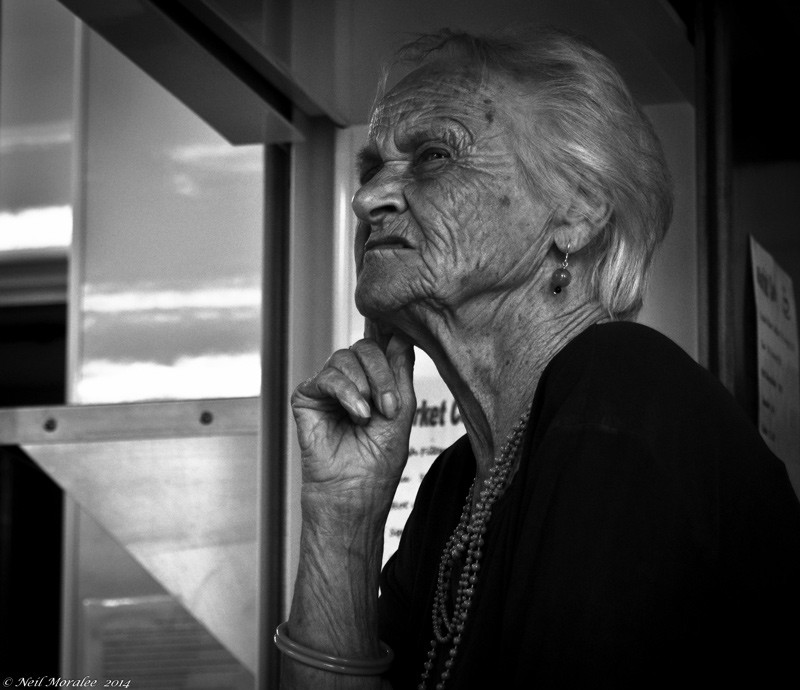
Tackling the problem of gender
THINK hasn’t shied away from difficult issues. Our March 2020 issue focused on gender boundaries. THINK investigated how women are still held back in journalism, medical research, STEM careers, and even climate change. The issues are both Maltese and present the world over. I really loved how we celebrated the women who made it despite the glass ceilings. Read Making it in a male-dominated world to learn more about the three researchers we covered.
One article that is close to my heart is on the need to normalise the issue of gender. Rather than simply shrugging off the problem, the issue needs to be tackled head on. Dr Brenda Murphy spoke about Mainstream gender = mainstream funding. By focusing on gender and including more LGBTIQ+ community members in research, research quality will improve. I have spent tens of hours writing research grants to try and make this happen in Malta — the search goes on.
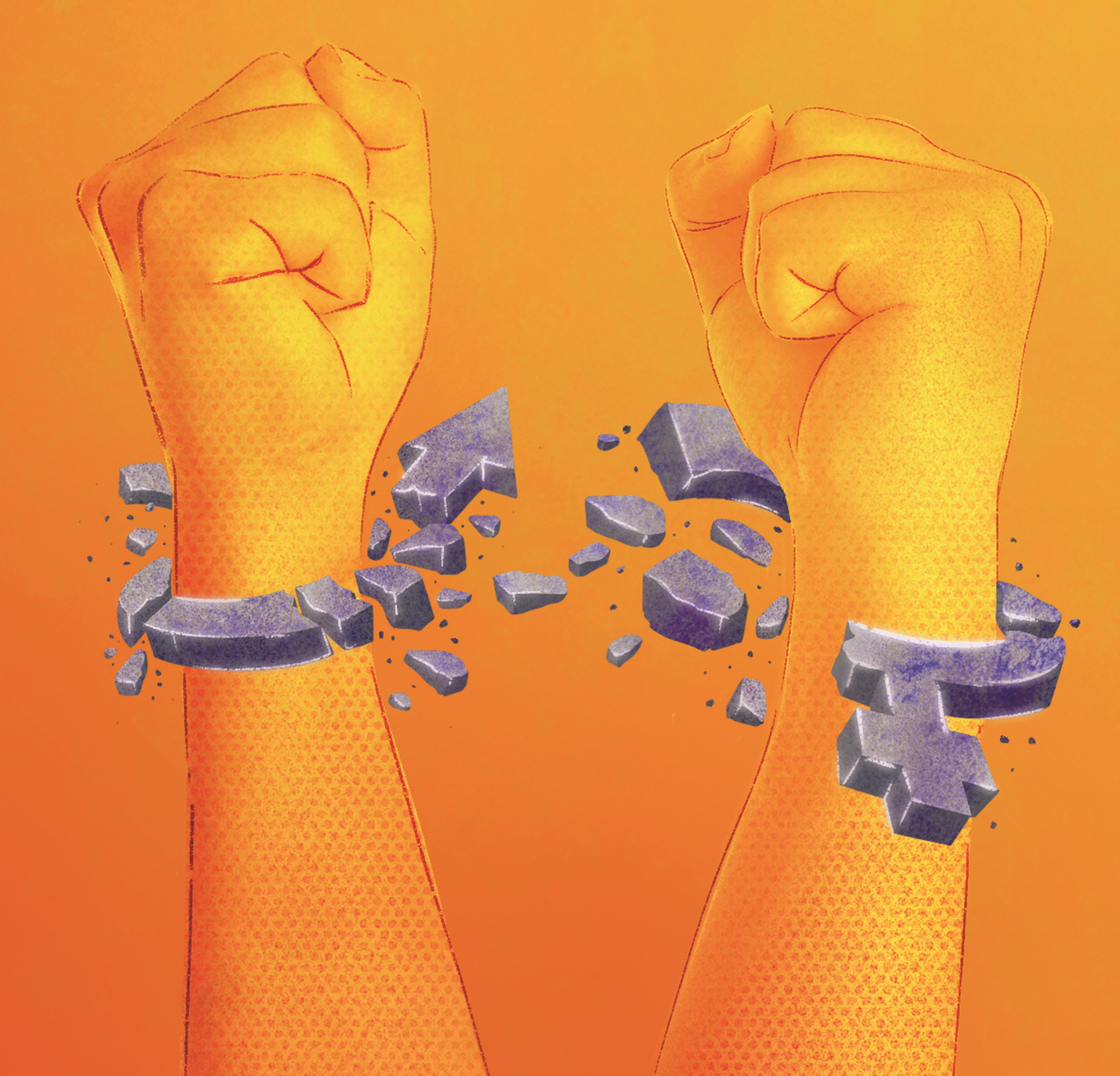
THINK has been an incredible life journey for me. Creating a magazine that speaks about Maltese research has been a dream come true. I had the idea while I was still living in Edinburgh, but the concept was a shared one, and many others pushed to start such a publication in Malta. That it is still going strong, with plans to make it even stronger under the helm of Editor David Mizzi, is the best Christmas present I could have received.
I want Maltese research to be known locally and worldwide. I want locals and politicians to talk to researchers and to make the best decisions for the country by balancing facts with public need. These wishes sound like pipe dreams, but let’s hope Santa is listening.
The Dark Side of Light
Modern light bulbs have illuminated our streets and brightened our homes, but there is a dark side to excess light (if you’ll pardon the pun). The negative effects of increased light pollution are becoming harder to ignore as the threat goes beyond environmental damage. It’s affecting your pockets, too.
According to the environmental NGO Birdlife, Malta is the 17th most light-polluted country on Earth, and lighting is responsible for at least one-fourth of all electricity consumption worldwide. With its high population density, Malta feels the disastrous effects of over-illumination strongly.
Financial costs
Poor outdoor lighting design results in energy being wasted, both in cost and in carbon footprint. As energy is wasted, local councils, organisations and businesses suffer from financial burdens — and so do you. According to data from the Urban Lighting, Light Pollution and Society, light pollution burdens Malta by at least €5 million. But energy use can be drastically decreased if efficient lighting is used.
When inefficient outdoor lighting schemes are replaced with energy-efficient and well-designed lighting, substantial energy savings can be enjoyed. For instance, outdoor light should be cut-off in a way that no light is directed above the horizon. This ensures light is directed to where it is needed, without wasting energy and polluting the skies.
Savings can be further increased by switching off and dimming lights at night. These measures can eventually lead to an energy reduction of up to 60 per cent.
Human health
The increase in artificial light at night can seriously damage our health. Being surrounded by light “tricks” our brain into thinking that it’s still daytime. Being surrounded by bright lights (such as from urban areas or our electronic devices) late into the night might actually affect our circadian rhythms – and there is reliable evidence that the artificial extension of the day produces serious adverse consequences to human health.
Exposure to light at night suppresses the production of melatonin (a hormone that regulates the sleep-wake cycle) which seems to have an influence on coronary heart disease. When it comes to lighting with a high blue component (such as LEDs and digital screens), this disrupts normal melatonin rhythms, commonly leading to insomnia, stress and increased susceptibility to other medical conditions, including cancer.
Seabirds
But perhaps the biggest toll of light pollution is on the environment, sea birds specifically. To shine a light on the value of seabirds, Intechopen shows that the waste produced by seabirds, also known as ‘guano’, could be worth millions. Seabirds play an important role in the distribution of natural nutrients to marine ecosystems, and their faeces can be used as a commercial fertiliser.
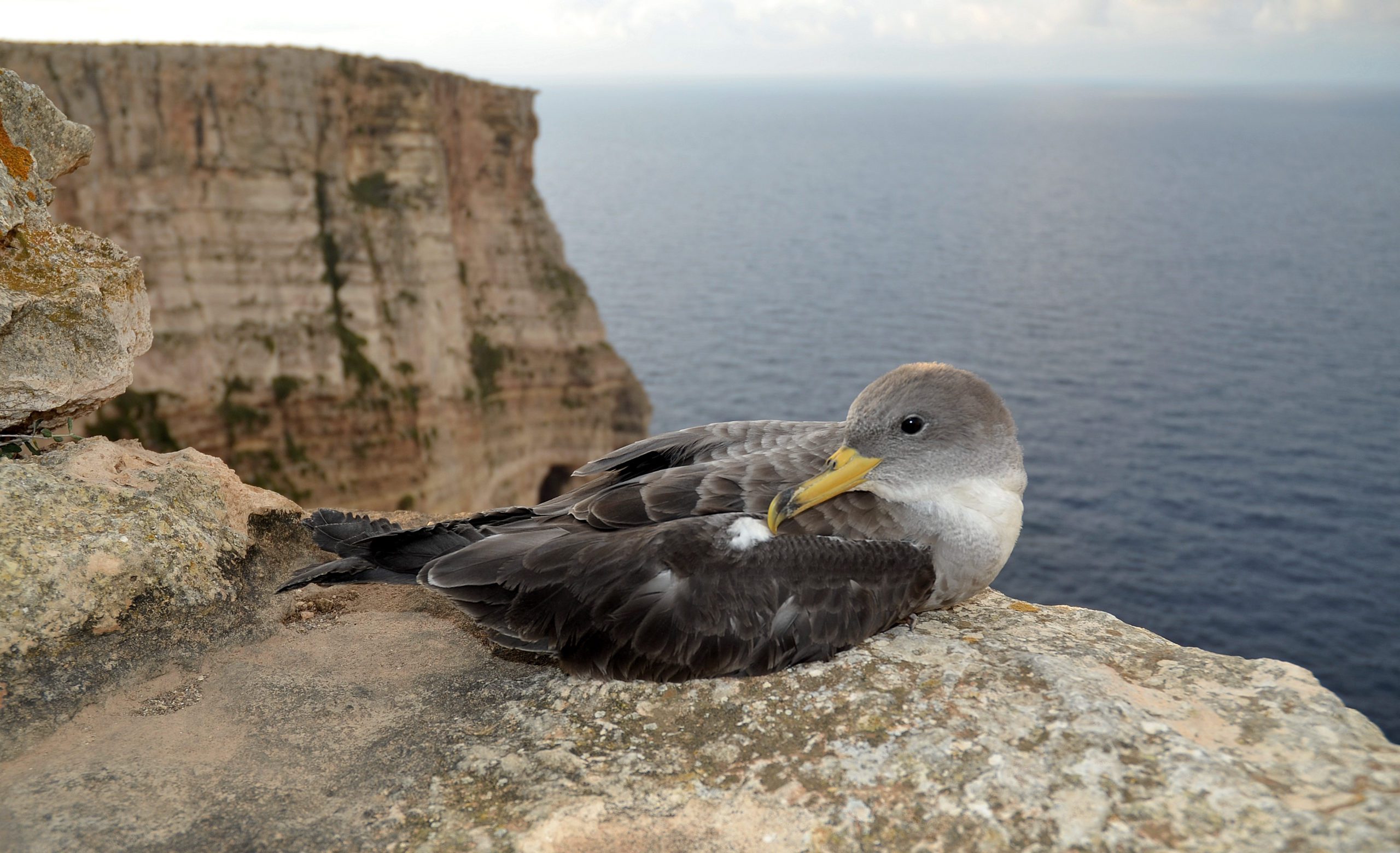
Ten per cent of the global breeding population of the Yelkouan Shearwater live in the cliffs and islets of Malta. The Maltese islands have been home to seabirds for thousands of years. Today, about 2000 Yelkouan Shearwaters reside on the islands. Other shearwaters, such as the Scopoli’s shearwater, and European Storm-petrels also breed in the Maltese islands.
These birds are most active during nighttime when adult birds return to attend their nests. Due to light pollution, these species lose their orientation and can get stuck on land. Artificial light is also responsible for a number of deaths, as it stops adult birds from returning to their nests. Reduced adult attendance means nests and chicks are vulnerable to predation, exposure and can end up starving to death.
Shearwaters and storm-petrels take up to five years to reach sexual maturity. They lay just a single egg per year, which is a reflection of a large investment of resources. Should the nest fail at any stage, they will not be able to lay a second egg. The degradation of the breeding habitat and the increase in the natural mortality rate of young birds can have serious consequences on their populations. If this situation is left unchecked, the number of stranded fledgelings is expected to rise.
Solutions
The good news is that light pollution can be reduced fairly easily. Measures that can be taken to fight light pollution include:
- Using light only when and where it is needed;
- Using light only when needed;
- shielding lights properly;
- Using energy-efficient bulbs;
- Using the right bulbs for specific jobs can drastically decrease energy waste;
- Using lighting schedules;
- Keeping the intensity of light low, as well as using LED light responsibly and directing light to where it is needed.
Malta’s biggest environmental NGO Birdlife recently launched guidelines for ecologically responsible lighting. The guidelines aim at protecting the nocturnal environment of the Maltese Islands from light pollution for the benefit of both seabirds and humans and include specific requirements for good lighting design.
Birdlife’s guidelines provide plenty of suggestions to use light in a sustainable and ecologically friendly way. The guidelines also encourage the implementation of management actions during the breeding season and switching off lights during fledging seasons.
Do you want more info on how to save energy and make a change? You can read the full list of guidelines here.
We also have plenty of other articles about light pollution, which you can find here and here. If you want to find out more about seabirds – we have a fantastic article here too!
Further Reading
Crymble, J. (2020). Guidelines For Ecologically Responsible Lighting. Retrieved from https://birdlifemalta.org/wp-content/uploads/2020/07/Guidelines-for-Ecologically-Responsible-Lighting.pdf
Falchi, F., Cinzano, P., Elvidge, C., Keith, D., & Haim, A. (2011). Limiting the impact of light pollution on human health, environment and stellar visibility. Journal Of Environmental Management, 92(10), 2714-2722. https://doi.org/10.1016/j.jenvman.2011.06.029
Meier, J., Hasenöhrl, U., Krause, K., & Pottharst, M. (2014). Urban lighting and light pollution (1st ed.). Routledge.
Schnug, E., Jacobs, F., & Stöven, K. (2018). Guano: The White Gold of the Seabirds. Seabirds. https://doi.org/10.5772/intechopen.79501
Pandemic breather
Barely two weeks of the coronavirus lockdown measures had passed before people started posting images of cleaner waters and purified air over industrial zones; nature was healing in our absence. Some of them proved to be hoaxes, but others helped us imagine a better world. Martina Borg spoke to some of Malta’s leading researchers and environmentalists to make sense of the feel-good news.
Continue readingEat your way to a healthy life
With growing evidence showing that our eating habits affect not only our waistline, but our physical and mental health, should we all be turning to the Mediterranean diet to live longer, healthier lives? Prof. Giuseppe Di Giovanni, Prof. Christian Scerri, and Dr Paulino Schembri write.
Continue readingThe P Factor
In the challenge of keeping our seas clean, plastics FAIL. And yet, during the last decade, we produced more of it than in the last 100 years combined. Dr Adam Gauci writes about his team’s efforts to categorise the microplastics from Malta’s beaches and how those efforts will contribute towards the war on plastic.
Once upon a time we had sharks
Human beings may be adversely affecting biodiversity, but can we be a help as well as a hindrance? Greg Nowell writes.
Marine life once thrived in the waters surrounding the Maltese islands, sharks included. But that is no longer the reality we see today. So, what happened? Where have all the fish gone? How can we bring them back?

